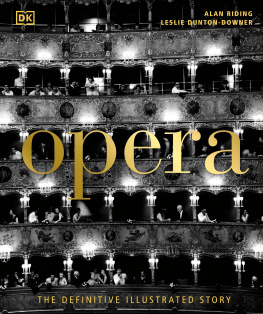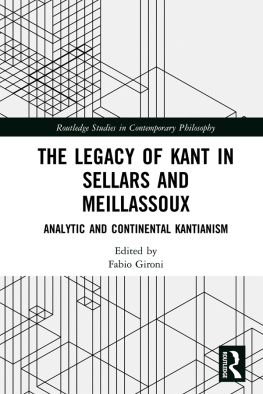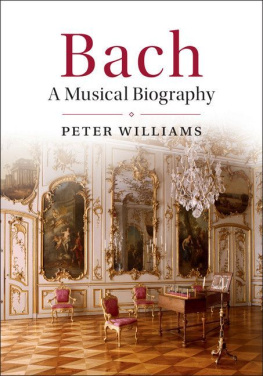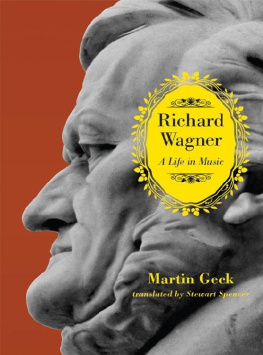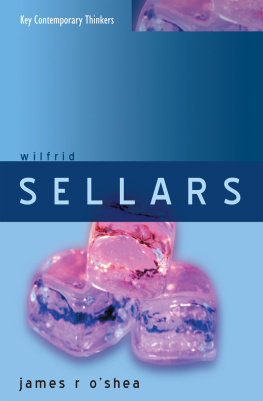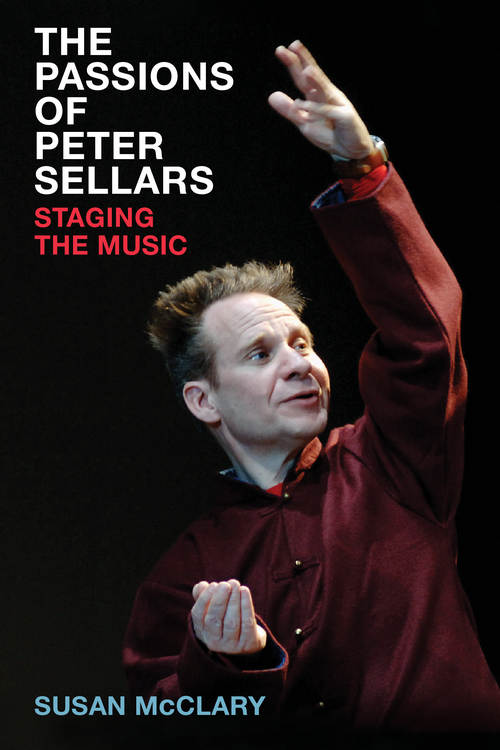
Page i The Passions of Peter Sellars
Page ii Page iii The Passions of Peter Sellars
Staging the Music
Susan McClary
University of Michigan Press Ann Arbor
Page iv Copyright 2019 by Susan McClary
All rights reserved
This book may not be reproduced, in whole or in part, including illustrations, in any form (beyond that copying permitted by Sections 107 and 108 of the U.S. Copyright Law and except by reviewers for the public press), without written permission from the publisher.
Published in the United States of America by the
University of Michigan Press
Manufactured in the United States of America
A CIP catalog record for this book is available from the British Library.
Library of Congress Cataloging-in-Publication Data
Names: McClary, Susan, author.
Title: The passions of Peter Sellars : staging the music / Susan McClary.
Description: Ann Arbor : University of Michigan Press, 2019. | Includes bibliographical references and index. |
Identifiers: LCCN 2018027556 (print) | LCCN 2018028800 (ebook) | ISBN 9780472124794 (E-book) | ISBN 9780472131228 (hardcover : alk. paper)
Subjects: LCSH: Sellars, PeterCriticism and interpretation. | OperaProduction and directionHistory20th century.
Classification: LCC ML 429. S 415 (ebook) | LCC ML 429. S 415 M 33 2019 (print) | DDC 792.502/33092dc23
LC record available at https://lccn.loc.gov/2018027556
The University of Michigan Press gratefully acknowledges the Case Western Reserve University Department of Musics generous support of this publication.
Cover photograph of Peter Sellars, Ruth Waltz.
Page v Contents
Digital materials related to this title can be found on the Fulcrum platform via the following citable URL: https://doi.org/10.3998/mpub.10023187
Page vi Page vii
I never imagined myself writing such a book. Indeed, I thought I had finished with the ordeal of writing books of any kind. But this one was thrust upon me, and I should identify some of the culprits.
My colleagues at the University of TorontoSherry Lee, Linda Hutcheon, Caryl Clarkinvited me repeatedly to speak before productions of the Canadian Opera Company, beginning with a production in 2012 of Kaija Saariahos Lamour de loin. When I happened to be in town in 2013 for a doctoral oral, they happily included me in the entourage trucking off to see The Tristan Project by Sellars and Bill Viola. Whether or not they intended to serve as matchmakers, my Toronto friends pushed me into Sellarss proximity enough times that the contagion took.
At a party hosted by Linda and Michael Hutcheon following the Tristan performance, I engaged in a long boozy conversation with Vicki Cooper, then acquisitions editor at Cambridge University Press. When I wondered out loud to her why no one had written a book on Sellars, she suggested that I take on the task. I toyed with the idea for a while, but the project did not yet catch fire. That occurred only after I participated in a day-long session with Sellars in Toronto in conjunction with his 2014 production of Handels Hercules. Over the course of that day we became fast friends, so much so that I seem to have known him forever, and the writing of this book became a necessity.
I have been aided by my many students at Case Western Reserve University who have taken my Opera after Einstein seminar. Together we have explored a wide range of new music theater works, including those by John Adams and Kaija Saariaho in which Sellars served as collaborator, and we have worked to develop a vocabulary for analyzing relationships between sound and motion, opera and ideology. Conversations with Nicholas Stevens, Page viii Sophie Benn, Kate Doyle, Alex Lawler, Dan Batchelder, Maria Parrini, April Sun, Brian Stuligross, and Taylor McClaskie have proved especially stimulating. I went into musicology because I love to teach, and all my ideas come from interactions in the classroom. More so than any of my other publications, this one represents a group effort.
At Case Western Reserve University I have not only spectacular students but also the most supportive colleagues one could ever hope to have. Particularly precious to me is the group of womenGeorgia Cowart, Francesca Brittan, Kate Doyle, Kathleen Horvath, Julie Andrijeski, Debra Nagy, Judy Bundrawith whom I can share both the tribulations and joys of teaching and academic life. Magnificent scholars and musicians, as well as resourceful cooks, they have rallied around me in times of need. I also count among my departmental angels my chair, David Rothenberg, who manages to maintain a level of morale exceedingly rare among music programs.
I am grateful to my long-time editor, Mary Francis, who gave invaluable feedback as I wrote. I followed Mary from University of California Press to her new post at University of Michigan Press because I have such faith in her judgments. I must also thank Dr. Nathan Mesko and Dr. Jacob Scott who saved my life when I was in the final throes of producing this book.
My husband, Robert Walser, has helped in countless ways as I pursued this and all my other projects; the range of my intellectual pursuits owes everything to him and his encouragement. Over the course of our more than thirty years together, we have visited and established connections on every continent save Antarctica, which has not yet caught on to New Musicology. I drafted much of this book in Sitges, Catalunya: our chosen paradise.
Most of all, however, I am indebted to Peter himself: for his fascinating work, for his endless generosity, for his extraordinary humaneness. It is hard to know Peter and not adore him. I can dedicate this book to no one other than its subject, the inimitable Peter Sellars.
Page 1
Who Is Peter Sellars?
In 1988, Peter Sellars stunned the opera world when he staged Mozarts Le nozze di Figaro in the Trump Tower, with the philandering Count Almaviva implicitly as Donald himself. Many critics saw this affront as just one more example of Sellarss penchant for playing classic works for laughs: the topicality of Donald Trump in this production seemed to operate as a piece with other contemporary references, such as the branded cleaning products lined up in the room of Almavivas servants, Susanna and Figaro.
The 2016 presidential election, however, incited a plethora of opera stagings that alluded to Trump, suggesting that we revisit Sellarss prescient production of 1988. As Sellars explained tirelessly at the time, his decision to set Mozarts masterwork in present-day Manhattan emerged from his unswerving commitment to translating the volatile class and gender tensions of Beaumarchaiss revolutionary (and censored) play into a North American context. In breaking Figaro out of the quaint, comfortable, white-wigged past, he intended to alert us to present dangers already lying right on our doorstep thirty years ago.
But a great many viewers saw Sellarss Trump as a jokean insider joke at best, for few outside New York City at the time knew about Trumps business machinations, his documented brutality toward women, his loudly trumpeted ambition to become president. Indeed, when I first started drafting this book in 2015, I considered it necessary to explain who Trump was; I revised that section a bit in mid-2016 when he became the unlikely Republican nominee for president, still little more than fodder for punch lines on late night talk shows. I could never have imagined that events would eventually push this discussion to my opening paragraphs. As it turns out, the joke was on us. We cant say we werent warned.
Next page

